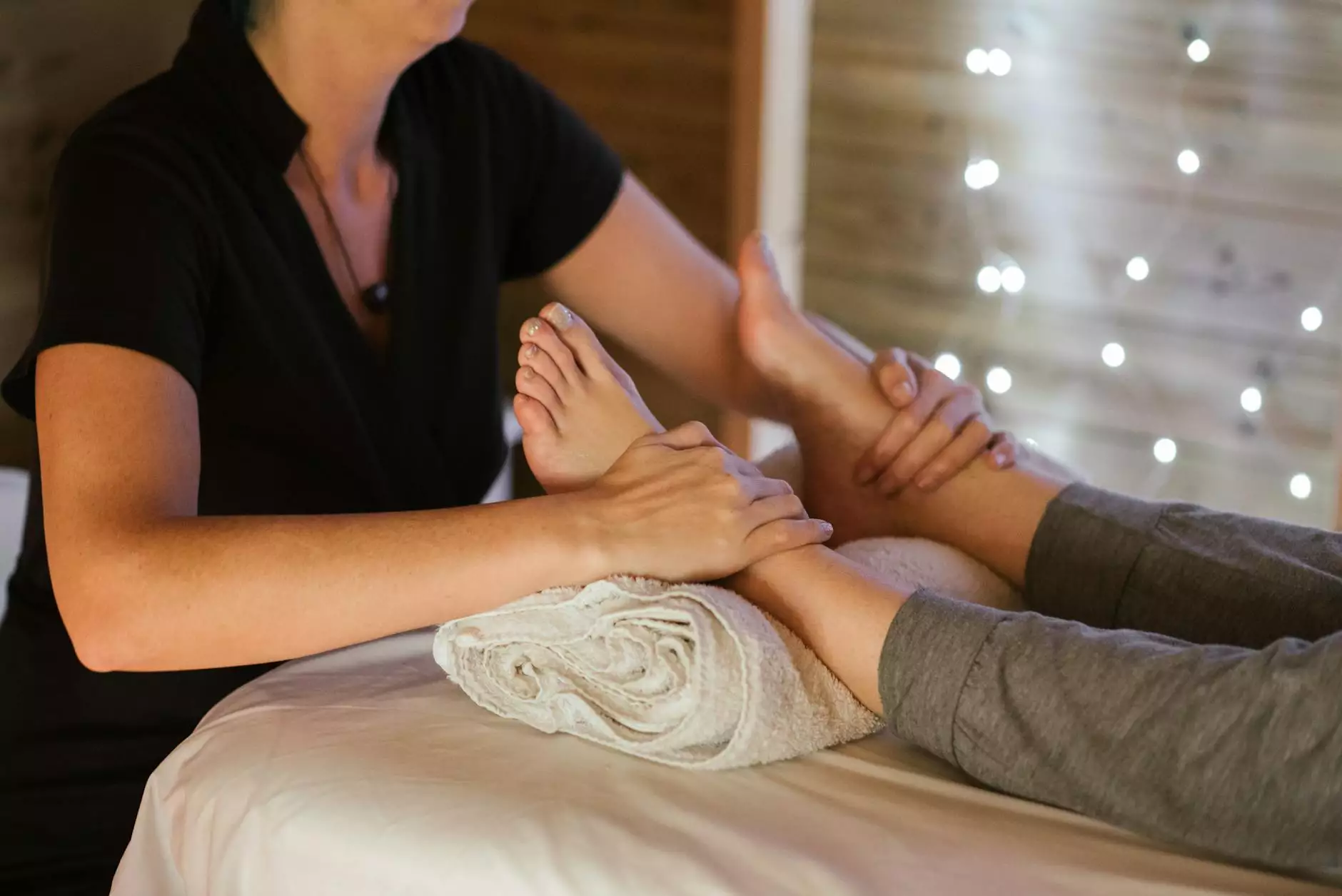Understanding Salon Suite Costs: A Comprehensive Guide

When it comes to the beauty industry, understanding the salon suite cost can be a game changer for professionals and entrepreneurs alike. This guide delves into what you need to know about managing and budgeting for a salon suite, which is an increasingly popular business model among beauty professionals today.
What is a Salon Suite?
A salon suite is essentially a private space rented by beauty service providers, such as hairstylists, estheticians, and nail technicians. This model allows professionals to operate independently while sharing amenities with other stylists. Salon suites offer a unique blend of privacy and community, which can be particularly appealing in today's market.
The Average Cost of Salon Suites
The salon suite cost can vary widely based on several factors, including location, amenities, size, and lease terms. Here are some key considerations:
- Location: Urban areas often have higher rents compared to suburban or rural locations. A prime location can attract more clients, potentially offsetting higher rental costs.
- Amenities: Suites with additional amenities such as in-suite sinks, styling stations, and communal areas may come at a premium.
- Size: The larger the suite, the higher the cost. Evaluate your needs to find the right balance.
- Lease Terms: Short-term leases may have higher monthly costs, whereas long-term leases might offer more favorable pricing.
Breaking Down the Costs
While the average monthly rent for a salon suite can range from $250 to $2,000, it's essential to break down the potential costs involved. Let’s consider these elements:
1. Rent and Utilities
Rent is typically the most significant cost. For example:
- Small Suites: Expect to pay around $250 to $600 per month.
- Medium Suites: Costs can range from $600 to $1,200 per month.
- Large Suites: Larger, well-equipped suites might cost up to $2,000 or more monthly.
In addition, utilities such as water, electricity, and internet should be included in your budget, so check if they are included in the rent or billed separately.
2. Supplies and Equipment
Your investment in supplies and equipment will vary depending on the services you offer. For instance:
- Hair Care: Professional styling tools, shampoos, and conditioners can reach $500 to $2,000 for a full setup.
- Esthetics: Skin care equipment and product inventory may start from $300 to $1,500.
- Nail Services: A comprehensive nail studio setup could range from $200 to $1,000.
3. Insurance
Insurance is vital for protecting your investment. You may need liability insurance if you're providing services directly to clients. Costs typically range from $300 to $600 annually.
4. Marketing and Branding
To attract clients, you'll need to invest in marketing and branding. This could include:
- Website development: A professional website might cost $500 to $2,000.
- Social Media Marketing: Regular posts, promotions, and ads can cost around $200 to $1,000 monthly, depending on the strategy.
Recurring Monthly Expenses
In addition to the initial setup costs, here are some recurring expenses you should consider in your budget:
- Rent and Utilities - As mentioned
- Supplies and Inventory - Ongoing replenishment expenses.
- Staffing Costs - If you hire assistants, their salaries must be factored in.
- Licensing and Permits - Regular fees for maintaining business licenses.
- Continuing Education - Staying updated on trends may incur costs for workshops or courses.
Maximizing Your Earnings in a Salon Suite
To ensure you are not only covering the salon suite costs but also earning a profit, consider these strategies:
1. Set Competitive Prices
Conduct market research to find the optimal pricing point for your services. Offering introductory rates can attract new clients.
2. Upsell and Cross-Sell Services
Enhancing client experiences by suggesting complementary services can lead to higher tickets per visit. For example:
- After a haircut, offer a deep conditioning treatment.
- Suggest nail art upgrades when a client books a manicure.
3. Client Retention Strategies
Building loyalty through exceptional service and engagement can significantly enhance profitability. Consider:
- Implementing a referral program.
- Offering loyalty discounts for repeat clients.
- Utilizing email marketing to keep clients updated on promotions.
Conclusion
In summary, understanding the ins and outs of salon suite costs is critical for success in the beauty industry. By carefully evaluating all the expenses involved and strategizing on how to maximize your earnings, you can not only cover your costs but thrive as an independent beauty professional. Whether you're a hairstylist, esthetician, or nail technician, exploring the salon suite model could be a lucrative move for your career.
For more information on how to set up and manage your salon suite effectively, visit optimasalons.com.









